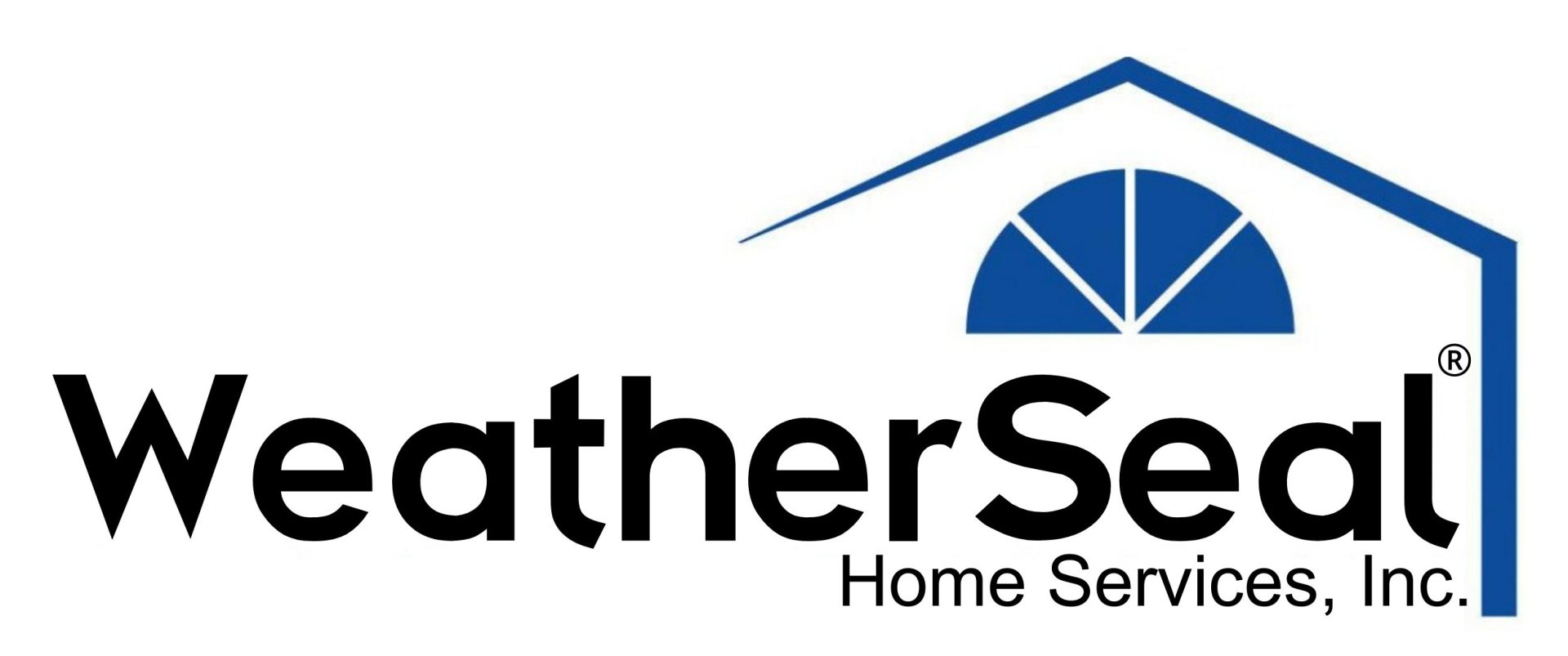Hail storms can wreak havoc on your home, and one of the most affected areas is often the siding. Hail damage to vinyl siding can lead to a range of issues, from minor cosmetic problems to significant structural damage. Recognizing the signs of damage early and knowing how to address them can save homeowners from costly repairs and potential long-term issues. In this guide, we’ll walk you through the steps to identify hail damage and explore the best ways to repair or replace your vinyl siding.

How Does Hail Damage to Vinyl Siding Look Like?
Vinyl siding is popular among homeowners for its durability, low maintenance, and cost-effectiveness. However, it isn’t invincible. Hailstorms can cause various types of damage to vinyl siding, depending on factors such as the size of the hailstones, wind speed, and the condition of the siding. Damage can range from small dents to severe cracking, which may compromise the siding’s protective qualities. Here are some common types of hail damage on vinyl siding:
- Dents and Dings: Smaller hailstones can leave minor dents or dings on vinyl siding. While these might not seem significant, they can detract from your home’s aesthetic appeal and might indicate deeper, underlying issues.
- Cracks and Splits: Larger hailstones can cause cracks or splits in vinyl siding. These can allow water to penetrate, leading to moisture buildup, mold growth, and potentially damaging the structural integrity of the siding.
- Chipping and Holes: When hailstones are particularly large or wind speeds are high, they can chip or even puncture holes in vinyl siding. Holes in your siding expose your home to the elements, increasing the risk of water damage and energy loss.
- Warping or Buckling: In some cases, hail impacts can cause vinyl siding to warp or buckle. This might not be immediately noticeable, but over time, the damage can worsen, leading to more significant issues.
How to Inspect Vinyl Siding for Hail Damage
Proper inspection of your vinyl siding after a hailstorm is crucial in identifying any damage. It’s best to inspect your siding in the late afternoon or early evening when the sun isn’t too bright, which can cast shadows and obscure details. Here’s how to conduct a thorough inspection.
Start by walking around your home and examining each side of the exterior. Look closely at the siding for any visible signs of damage, such as dents, cracks, chips, or holes. Feel the surface of the siding. Run your hand over the panels to check for any unusual textures that could indicate dents or warping.
In addition to physical damage, hail can cause discoloration or pitting. This might not affect the function of the siding but could impact your home’s curb appeal. Take clear, detailed photographs of any damage you find. This documentation will be valuable when dealing with your insurance company or when consulting with a siding contractor.
Why Prompt Action is Important
Addressing hail damage promptly is essential for several reasons. Damaged vinyl siding can lead to more severe problems if not addressed quickly. Water can seep into cracks or holes, leading to mold growth, wood rot, and even damage to the interior of your home. Furthermore, leaving damaged siding unrepaired can result in increased energy costs, as drafts and leaks allow conditioned air to escape.
Potential Consequences of Delaying Repairs
- Increased Risk of Water Damage: Cracks and holes in your siding can let water in, leading to mold and mildew growth or even structural damage to your home’s framework.
- Higher Energy Bills: Damaged siding is less effective at insulating your home. Gaps and holes allow air to escape, forcing your heating or cooling system to work harder.
- Decreased Property Value: Visible damage can significantly reduce your home’s curb appeal and value. Prospective buyers may see unrepaired hail damage as a sign of neglect, leading to lower offers.
- Increased Risk of Pests: Damaged siding can create openings for insects and rodents to enter your home, leading to infestations that are both costly and challenging to manage.
- Expansion of Existing Damage: Small cracks or holes can expand over time due to temperature changes and weather exposure, turning minor issues into major repairs.
- Legal and Insurance Issues: Neglecting to repair damage promptly could lead to issues with your homeowner’s insurance. Some policies may not cover damage that worsens due to negligence, leaving you responsible for the full repair cost.
Options for Addressing Hail Damage to Vinyl Siding
Once you’ve identified hail damage, it’s time to consider your options for repair or replacement. Your decision will depend on the extent of the damage, your budget, and your long-term goals for your home’s exterior.
- Minor Damage – Opt for Repair: If the damage to your siding is minimal—small dents or a few cracks—repair might be the most cost-effective solution. Many contractors can replace individual panels or sections of vinyl siding without replacing the entire exterior.
- Severe Damage – Consider Replacement: If the damage is extensive, affecting large sections of your home, or if the siding is old and due for an upgrade, replacement might be a better option. Replacing your siding provides a fresh, uniform appearance and can improve your home’s insulation and energy efficiency.
- Insurance Considerations: Check your homeowner’s insurance policy to understand what’s covered. Most policies will cover the cost of repairing or replacing siding damaged by hail. If your existing siding style is discontinued, your policy may include a provision for replacing the siding on the entire house to ensure a consistent look.
Choosing the Right Siding Material
If you decide on replacement, choosing the right siding material is crucial for protecting your home against future storms. While vinyl is a popular and cost-effective option, other materials might offer more durability in hail-prone areas.
- Vinyl Siding: Still a popular choice due to its cost-effectiveness and low maintenance. Newer, impact-resistant options can bring better protection against hail.
- Fiber Cement Siding: Made from a blend of cement, sand, and cellulose fibers, fiber cement siding is highly durable and resistant to hail damage. It offers a natural wood look and can last up to 50 years with proper care.
- Engineered Wood Siding: Combines the look of natural wood with improved durability and resistance to impact damage. Some brands give warranties that cover hail damage.
- Metal Siding: Metal siding, particularly steel, is highly resistant to hail damage. It’s more expensive than vinyl or wood options but brings superior durability and longevity.
Hiring a Professional vs. DIY Repair
While some homeowners might be tempted to tackle siding repairs themselves, hiring a sidingprofessional is often the best course of action. Professional contractors have the experience and tools necessary to assess the full extent of the damage and perform repairs or replacements that meet industry standards.
Advantages of Hiring a Professional Contractor
- Expertise and Experience: Professionals can identify damage that might not be obvious to the untrained eye. They also know the best repair techniques and materials to use.
- Proper Installation: Improper installation can decrease the lifespan of your siding, potentially leading to more costs down the line.
- Insurance Coordination: A professional contractor can help coordinate with your insurance company, ensuring you get the most out of your coverage.
- Time and Convenience: Professionals can complete the job more quickly and efficiently than most DIYers, saving you time and stress.
Steps to Take After Discovering Hail Damage
Once you’ve identified hail damage to your vinyl siding, follow these steps to address the issue:
- Contact Your Insurance Company: Report the damage as soon as possible. Many insurance policies have time limits on filing claims after a storm.
- Get an Estimate from a Siding Contractor: Even if your insurance company assigns an adjuster, getting an independent estimate from a local contractor is beneficial for comparison.
- Schedule Repairs or Replacement: Work with your contractor to schedule the necessary repairs or replacement. Ensure that all work complies with local building codes and regulations.
- Monitor the Repairs: Keep an eye on the progress to ensure that the repairs are being carried out correctly and according to your agreement with the contractor.
Preventing Future Hail Damage
While you can’t control the weather, there are steps you can take to minimize the risk of hail damage in the future:
- Install Impact-Resistant Siding: Consider upgrading to a more durable siding material, such as fiber cement or engineered wood, especially if you live in a hail-prone area.
- Maintain Your Home Exterior: Regularly clean and inspect your siding to ensure it remains in good condition. Promptly address any minor damage before it worsens.
- Consider Adding Storm Shutters: Protect vulnerable areas of your home, such as windows and doors, with storm shutters.
Overall, hail damage to vinyl siding is a common issue that can lead to more serious problems if not addressed promptly. Be sure to inspect your siding after a storm and work with a professional contractor near you to ensure your home remains protected and looks its best. Whether you’re dealing with minor dents or considering a full siding replacement, taking the right steps now will save you time, money, and stress in the long run.
Investing in quality siding is more than just an enhancement for your home’s curb appeal; it provides essential protection against future storms and adverse weather conditions. Quality siding acts as a barrier against elements like wind, rain, and UV rays, helping to safeguard your home and maintain its structural integrity.
Whether you are looking for a quick repair to address minor issues or require a complete siding replacement to update and fortify your home’s exterior, WeatherSeal Home Services is your trusted partner. Our team uses only high-quality, American-made products, ensuring durability and performance. As a family-owned and veteran-operated business with a BBB A+ rating, we pride ourselves on our commitment to excellence. Contact us today.








